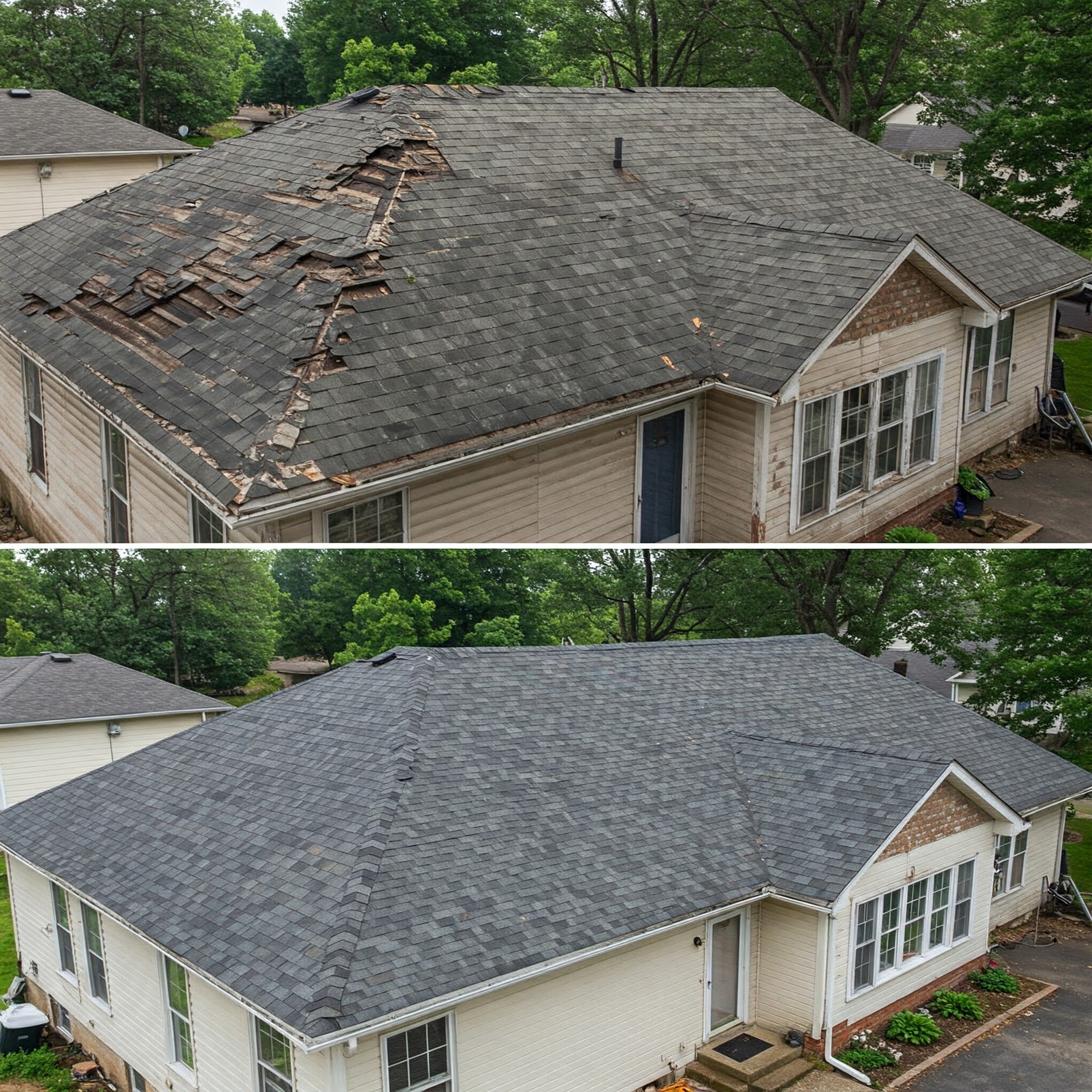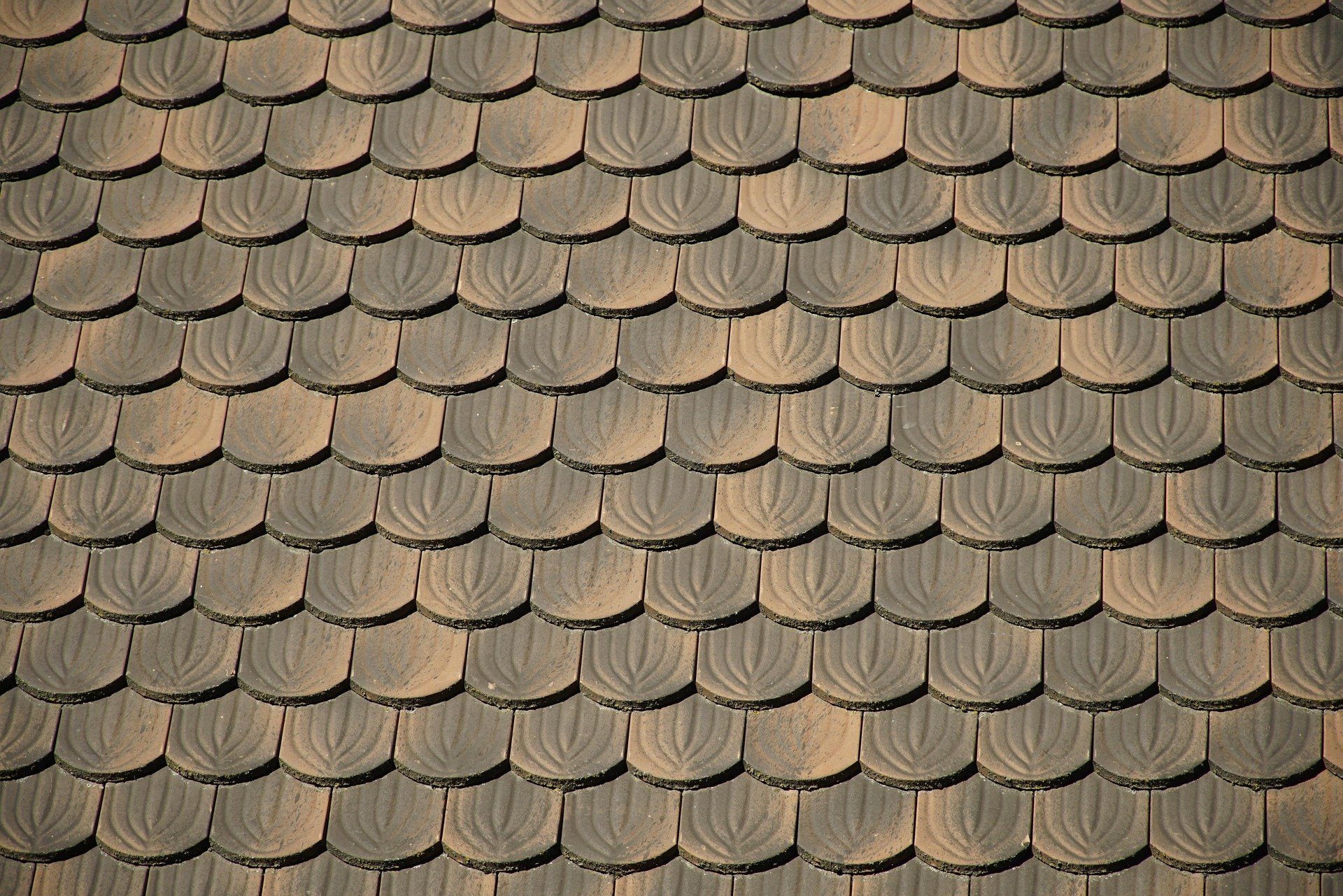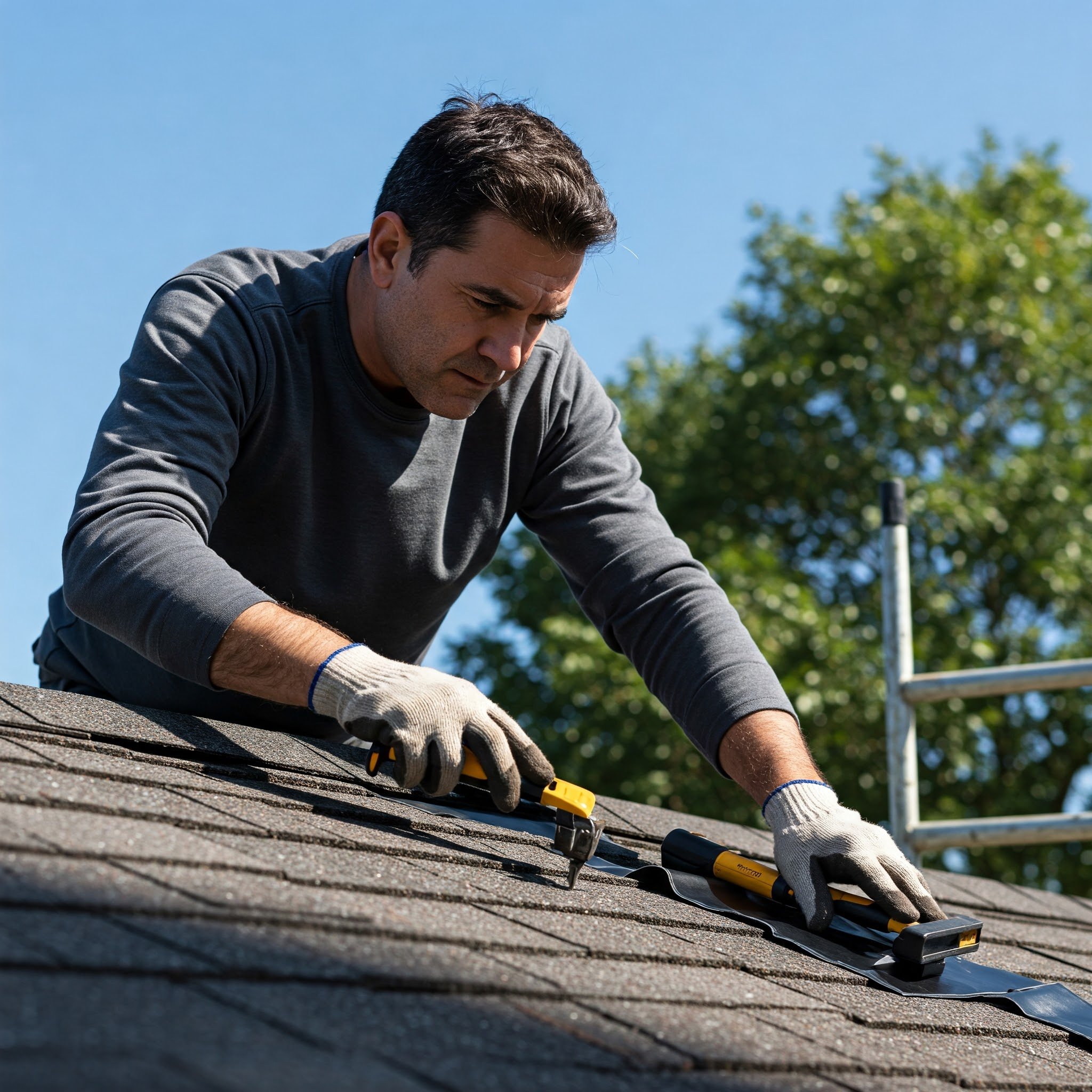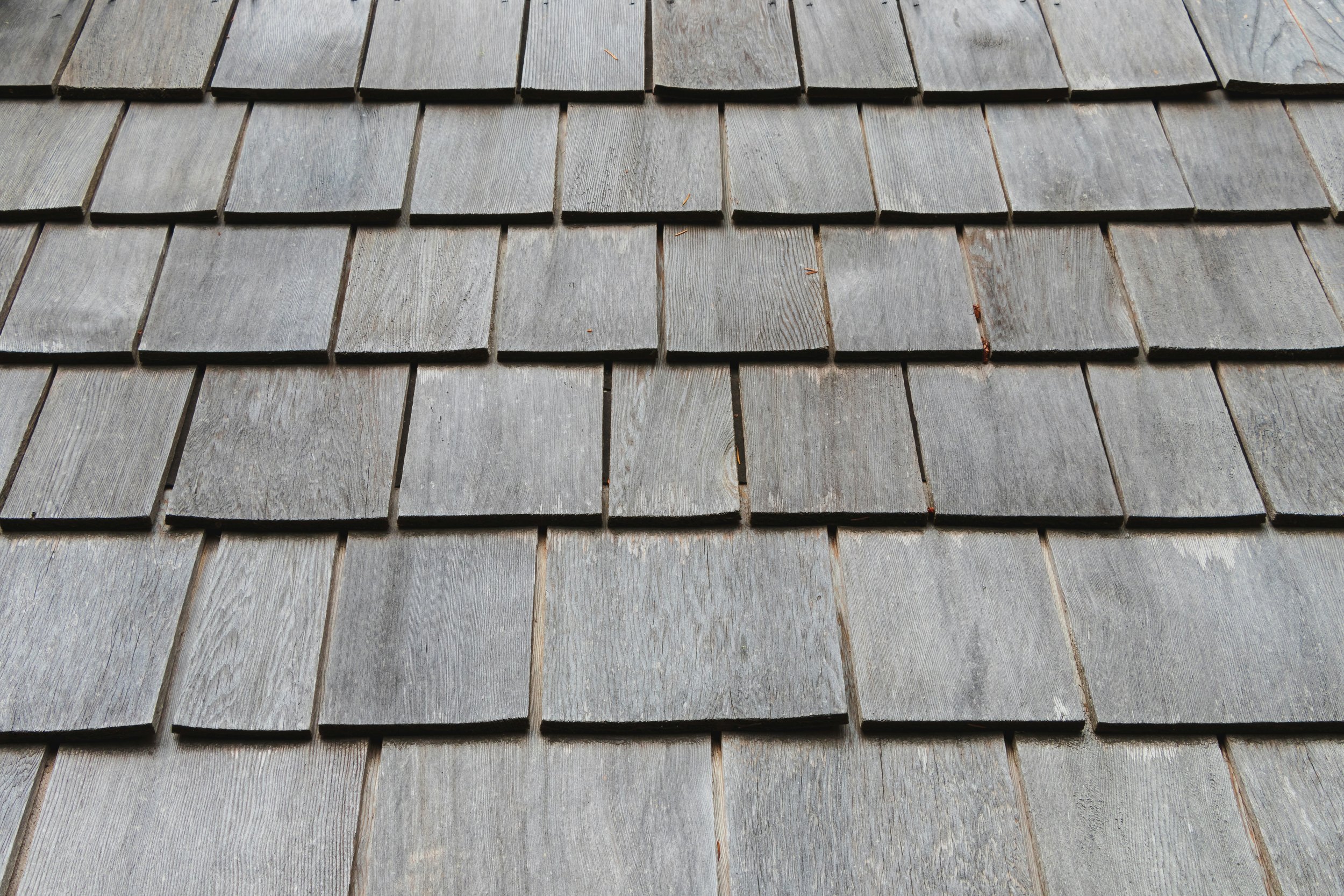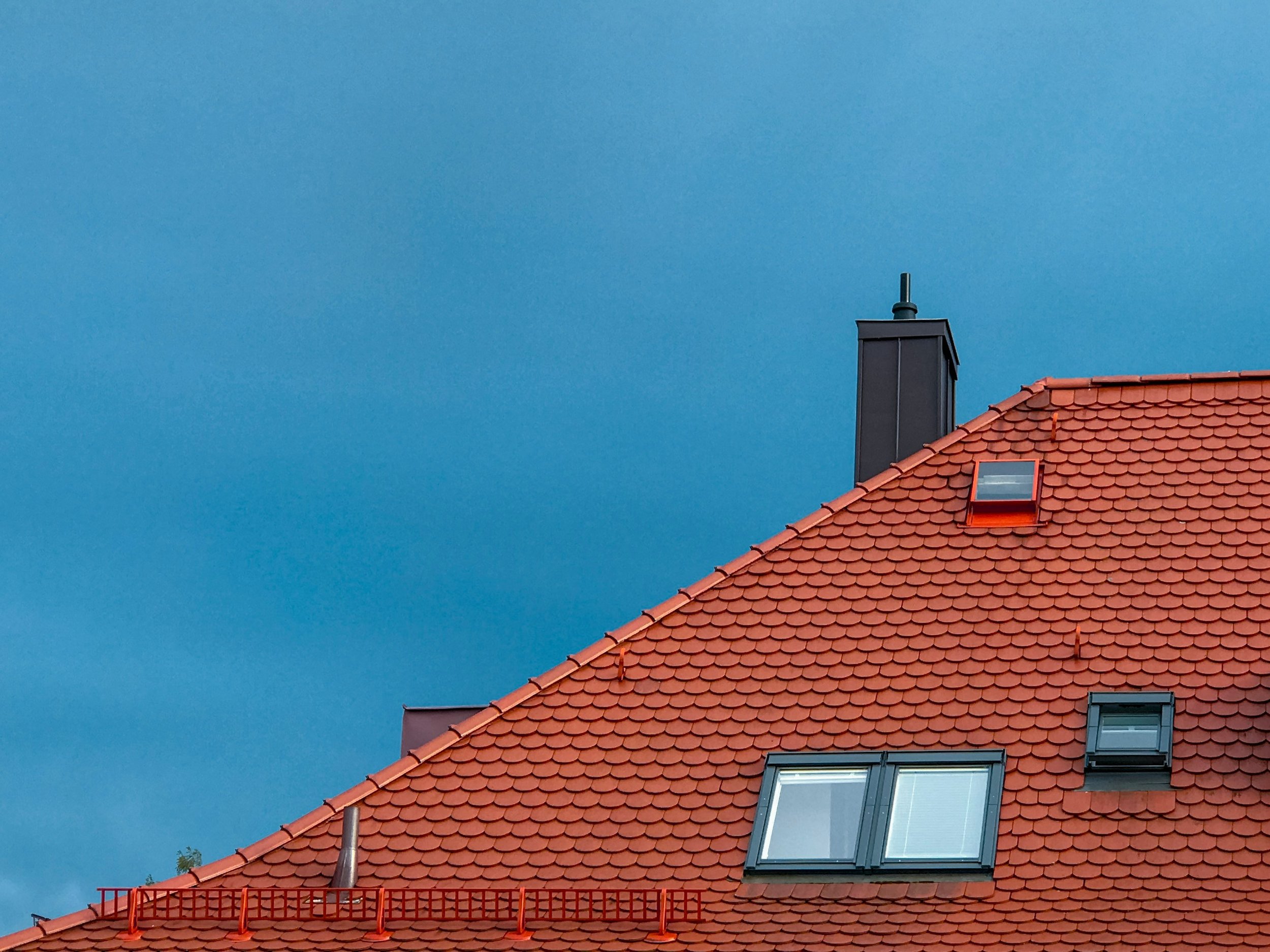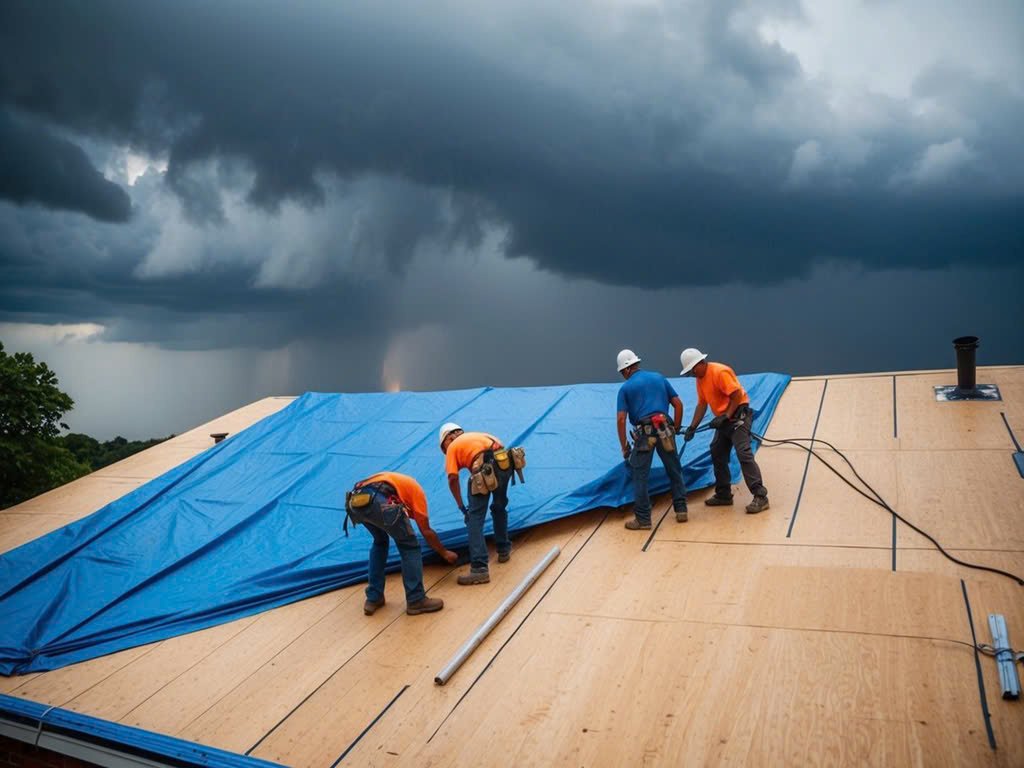Roofing Restorations - All You Need To Know
Discover everything you need to know about roofing restorations, from costs to benefits and expert tips for a durable, long-lasting roof.
With such a variety of roofing materials available today, it’s easy to assume that roofing is a modern invention. Archeologists will tell you a different story - there is evidence that thousands of years ago, humans made roof shelters out of plants, mud, clay, animal skins, bone or wood. The Chinese began using clay tiles in 3000 BC and in Europe thatched roofing was popular for thousands of years.
Today, we have a choice of metal, ceramic, concrete, asphalt and recyclable green materials used for roofing.
Hazards of Damaged Roofing
Whatever the material used, every roof needs maintenance and regular repairs. Roofs protect people and property within the building, provide insulation and security. However, they are exposed to the weather, pest attacks, mold, damage from falling objects, wear and tear and the materials go through natural aging.
Apart from creating a health and safety hazard, damaged roofing affects your building’s aesthetics and has a negative impact on your insurance status.
What Is Restoration?
When you conduct regular inspections of your roof, you may notice minor damage or problems. At this point, it’s important to attend to these issues immediately, rather than wait for the problem to get compounded.
You may also want to renovate an aging roof without having to replace it altogether. This is known as roof restoration, and involves the entire roof. Unlike roof repair, it is a more comprehensive process that aims to renew the appearance, boost the life-span and extend the functionality of the roof.
Professionally trained roof replacement, repair and roof restoration experts such as Eastern Melbourne Roofing will conduct a detailed inspection of the whole roof, and based on their report, will provide an initial cost and time estimate to replace your roof. The process involves thorough cleaning, conducting the necessary repairs, replacing broken parts, finishing and sealing and final painting of your roofing.
The process follows certain systematic stages such as inspection, assessment of cost, time, labor and materials involved, providing a quote, drawing up a contract, thorough cleaning, carrying out the repairs, applying protective coating and sealants, and final re-pointing and re-bedding the edges and fixtures to ensure that the structure is stable.
When To Restore Your Roof?
You know you need roofing restoration if you notice visible signs of damage such as broken tiles or cracked edges, or faded appearance of the tiles. Damp spots, moldy patches, bulges or bubbles on the ceiling and upper portion of the walls are another indicator of leakage.
You may notice signs of corrosion or rust from broken pipes, metal fittings or flashings in the roof. If your roof is bulging or sagging it’s a clear sign that there is a serious problem. Older roofs need restoration regardless of their condition to prevent damage to the inhabitants and property.
Advantages of Replacing An Old Roof
Property owners often wonder whether roofing restoration is really worth the time, money and effort involved. Take a long, hard look at your roof and judge whether it needs to be repaired, replaced or restored. These three options have their own plus and minus points, and the decision really depends on the individual needs of each roof and its age and condition.
Affordable: Restoration is an affordable option when compared to replacement, and it is more effective than conducting piecemeal repairs.
Aesthetic Appeal: Damaged, sagging or broken roofs look ugly and give your building a rundown appearance. This can bring down the value of your property as well and spoil the reputation of your neighborhood.
Safety: A strong and sound roof gives you the peace of mind you need in times of extreme weather events, falling debris or branches. Sturdy roofs protect your building from intruders and ensure privacy.
Sustainability and Longevity: Restoration ensures that your roof’s health and life get extended beyond the general life-span of two decades on average.
Pest Attacks: Damaged, leaky roofs, missing tiles and cracks on the surface are great breeding grounds for a variety of microorganisms, vermin and pests. Birds may nest in holes, mice may take shelter in damaged portions, roaches and termites can enter your home through broken tiles. Restoration will ensure that your roof remains intact.
Insurance: If your roof has been left in a poor condition, your home insurance coverage may suffer. At some point if you have to make a genuine claim, it can get rejected because you failed to maintain your roof in good condition.
Useful Tips
Avoid DIY restoration work unless you are a qualified and experienced roofing contractor yourself.
Employ a local, trained and reputed professional. Check reviews online and if possible talk to other clients of theirs and view some of their work.
Get quotes from two or three different sources and compare quality of work, time taken, prices and professionalism.
Once you zero in on the right contractor, check their licensing, permits and insurance. Ensure that all their workers are insured and licensed to work at heights.
Inform your neighbors about possible disturbance and make sure that the debris is promptly removed.
Make sure that the right quality materials are used.
Protect your own personal safety and privacy while the work is ongoing.
